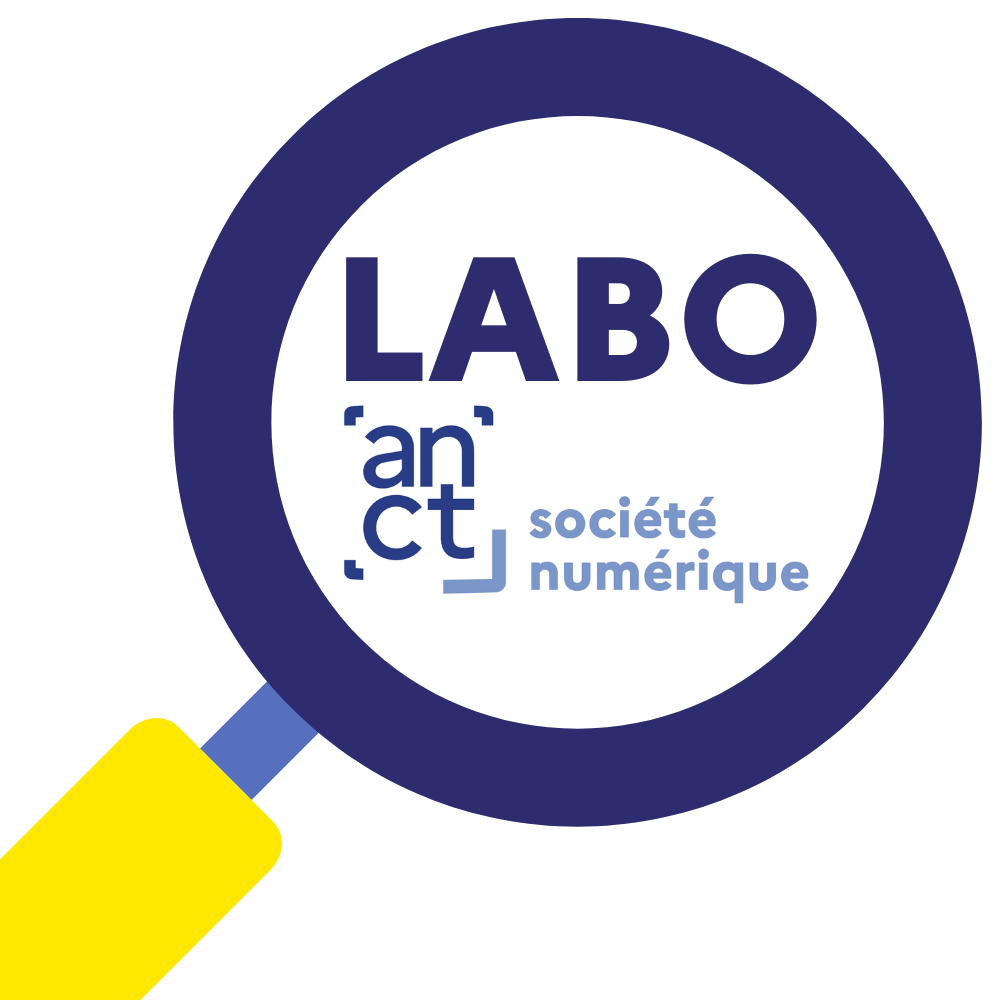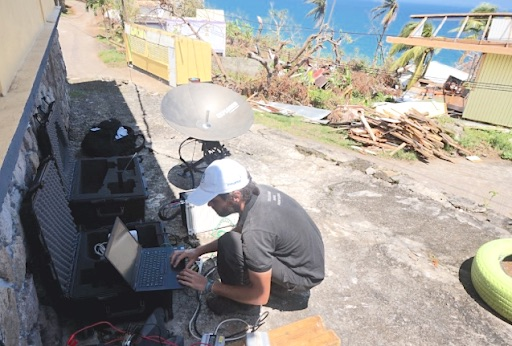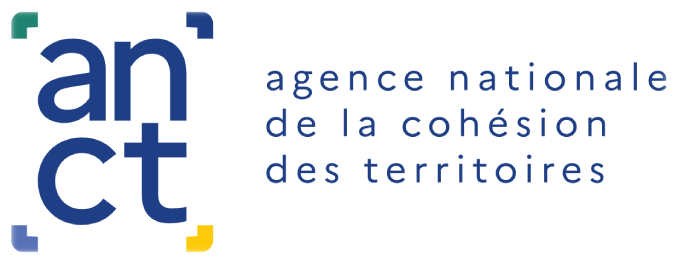Through interviews and workshops in 10 countries, this survey allowed us to understand the diversity of humanitarian activities and professions, their evolution, the skills that these activities require and their degree of professionalization.
According to this survey, the evolution of humanitarian action (socio-economic models, regulations, security challenges, changing climatic conditions) confronts humanitarian professionals with five "changes
- Humanitarians need to have a greater knowledge of new technologies.
- The work of humanitarians has changed significantly to accommodate cash transfer programs.
- Humanitarians work more closely with their colleagues in other humanitarian professional fields.
- Humanitarians are spending more time meeting donor compliance requirements.
- Humanitarians are increasingly practicing remote management.
Digitization of humanitarian action
Among the emerging approaches to humanitarian work facilitated by advances in new technologies, the SOPHP study mentions, first, the growing importance of cash transfer programs, "increasingly seen as a faster, more effective and more beneficiary-centered approach... Although cash transfer assistance has been used for decades, its recent explosion has created a professional field very quickly. Significant efforts have been made to ensure quality through coordinated learning and certification practices.The State of the Humanitarian Professions also mentions the use of participatory mapping, satellite imagery, artificial intelligence, big data analytics, blockchain, as well as social networks and mobile technologies.
"Information management is perhaps the newest and fastest growing field of humanitarian work. Its professionals seem reluctant to identify it as a profession. However, competency frameworks seem to have been defined quickly. "As humanitarian organizations adapt to include technology in their future humanitarian actions, they will need professionals with skills in these areas. This will lead to the recruitment of specialists, increase the number of professional development initiatives for all staff, and make digital skills a core requirement for all professions."The study identified 24 occupational areas, grouped into two categories:
- Functional areas: Advocacy, cash transfers, communication, donor relations and grant management, financial management, human resources management, information and communication technology, information management, interagency coordination, logistics, M&E, project management, safety and security.
- Thematic Trades. Camp coordination and management, education, food security and livelihoods, health, legal assistance, mine action, nutrition, peacekeeping and peacebuilding, protection (including diversity and inclusion), shelter, facilities and non-food items, WASH (water, hygiene and sanitation).
Digital humanitarianism: a profession in its own right
This digital activity has been around for a long time, but it used to be the responsibility of logistics teams. "In the last ten years, information and communication technology has really become a business in its own right.Information and communication technology (ICT) in the humanitarian sector focuses primarily on operational support to other humanitarian teams. This can include the provision and maintenance of IT equipment and services, such as internet access and the establishment of a secure telecommunications network; but also the selection, installation and management of operating systems and software.
The survey highlights a significant increase in ICT disaster preparedness programs. "Disaster preparedness in humanitarian ICT used to consist mainly of training internal staff and preparing one's own organization's systems. Today, these activities are called "emergency planning". Disaster preparedness" in ICT today refers to actions taken to enable governments and communities to be better prepared for emergencies. This may include, for example, putting in place procedures to reinstate telecommunication networks after a disaster.
The study points to a gender and age imbalance among humanitarian ICT professionals: men tend to outnumber women, and the staff tends to be young. It also points to " a lack of qualified candidates for management positions, noting that people seem to have either technical or managerial skills, but rarely both.
753 humanitarians contributed to an online survey. The results of the interviews and survey were then discussed in eleven local workshops in Bangladesh, Burkina Faso, Colombia, France, Senegal, Sierra Leone, Switzerland, Uganda, the UK and the USA.
Bioforce is a training and career guidance center for the humanitarian sector.
Référence :





